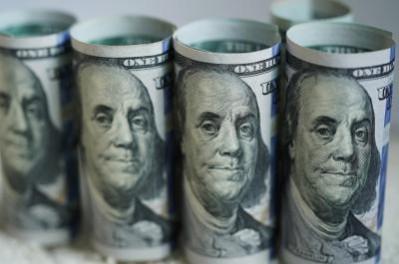
Indian rupee and bond traders are closely monitoring the Federal Reserve's upcoming interest rate decision this week as the rupee continues to struggle at record lows. Last week, the Indian rupee hit an all-time low of 88.45 against the U.S. dollar, a concerning trend driven by consistent dollar demand and U.S. tariff pressures. Despite a slight recovery to 88.2750 on Friday, market attention is now fixed on the Fed's September 16–17 meeting, where a 25-basis-point rate cut is widely expected.
While a weaker dollar leading up to the meeting may offer some support to the rupee, analysts caution that any gains are likely to be limited, with the rupee underperforming its Asian counterparts in the Forex market. In line with this sentiment, India's 10-year benchmark 6.33% 2035 bond yield settled at 6.4867% last Friday, holding steady from the previous week.
Looking ahead, traders anticipate the bond yield to trade within the 6.40% to 6.52% range this week. A more significant drop to 6.40% could occur if the Fed hints at a potential 50-basis-point rate cut in the coming months. Recent easing in bond yields can be attributed to reassurances from Indian Finance Minister Nirmala Sitharaman regarding the government's commitment to meeting budget deficit targets and maintaining borrowing schedules.

Despite foreign inflows providing some support to bond markets, local mutual funds have been reducing their positions. This trend could continue depending on future rate expectations, which are currently moderate. While there are hopes for a rally in bond prices and a breakthrough of the critical 6.40% mark, analysts believe the central bank's intervention may be necessary to facilitate such a move in the short term.
As traders and investors navigate through a challenging economic landscape, there are several key events on the horizon that could further influence market sentiment. These include the Bank of England rate decision on September 18, the Bank of Japan rate decision on September 19, and upcoming U.S. economic indicators such as August import prices, retail sales, industrial production, and housing starts, among others. The Federal Reserve's monetary policy decision on September 17, particularly the potential 25-basis-point rate cut, remains a focal point for global markets going forward.













